Offset vs. Digital Printing: Which One is Right for You?
When it comes to printing your marketing materials, packaging, or business stationery, choosing between offset and digital printing can feel overwhelming. Both have their strengths, but the best option really depends on your project’s specific needs — including quantity, quality, budget, and turnaround time.
“Two printing methods. One perfect choice — yours. Understand the difference to print smarter, not harder.”
Offset printing, a traditional method using metal plates and ink rollers, is ideal for high-volume jobs. It offers exceptional color accuracy and consistency, making it a favorite for bulk orders like catalogs, brochures, or product packaging. Though setup costs are higher, the per-unit cost drops significantly with large quantities, making it a cost-effective solution for big runs.
Digital printing, on the other hand, shines in speed and flexibility. Without the need for setup plates, it allows for faster turnaround and is perfect for small batches or print-on-demand jobs. It’s ideal for personalized prints, short-run flyers, business cards, or any project where speed and customization matter more than scale.
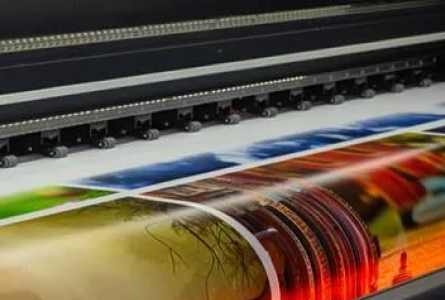
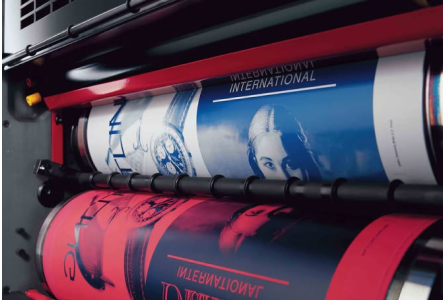
While offset wins in quality for large, consistent runs, digital is the go-to for fast, affordable printing in smaller volumes. The decision often comes down to your timeline, budget, and how many pieces you need. If you're still unsure, a professional printer can help guide you based on your goals.
In the end, both technologies offer excellent results when used appropriately. Understanding their differences ensures that you not only get the best quality for your budget but also print efficiently. Whether you’re launching a new brand or reordering seasonal materials, making the right choice between offset and digital can save time, money, and deliver the impact your print deserves.

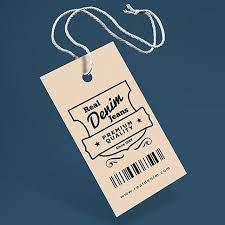
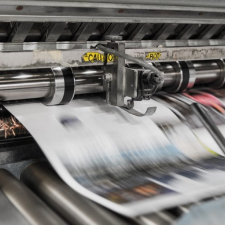

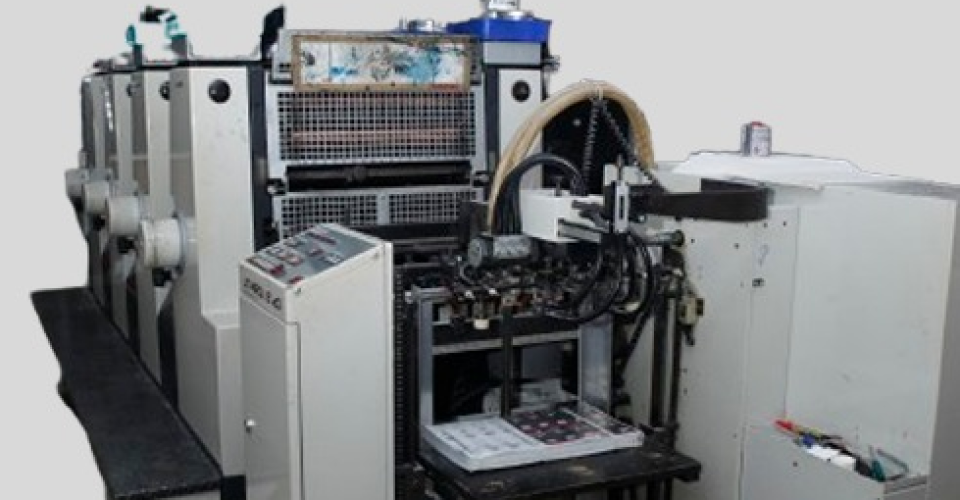






Leave a Reply